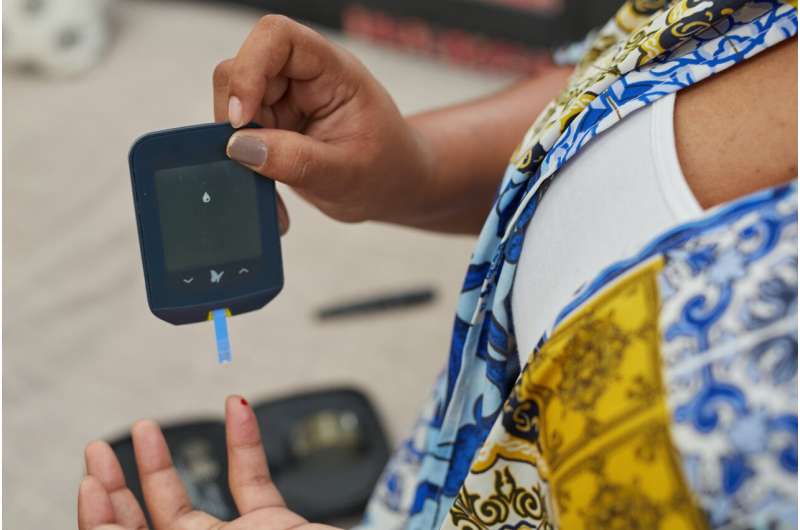Innovative Topical Fluorescent Imaging Safely Detects Basal Cell Carcinoma Quickly

A new topical fluorescent agent, PARPi-FL, enables rapid, safe, and non-invasive detection of basal cell carcinoma through intact skin, promising improved diagnosis and management of skin cancer.
A groundbreaking preclinical study has introduced a novel topical fluorescent contrast agent called PARPi-FL, capable of rapidly and safely identifying basal cell carcinoma (BCC), the most prevalent form of skin cancer. The research, published in The Journal of Nuclear Medicine, demonstrates that this agent can detect cancerous lesions through intact skin in as little as five minutes using ex vivo human tissues. Significantly, PARPi-FL does not induce toxicity or systemic side effects, highlighting its potential as a safe and effective diagnostic tool.
Basal cell carcinoma often requires biopsy for definitive diagnosis, an invasive and sometimes painful procedure that can result in scarring and cause delays in treatment. The new imaging technique offers a non-invasive alternative, enabling clinicians to identify BCC accurately in bedside settings without the need for tissue removal. This approach could revolutionize the early diagnosis and management of BCC, potentially reducing unnecessary biopsies and facilitating timely, non-invasive treatments.
The study involved determining the optimal dose and application time of PARPi-FL using human tissue samples obtained from plastic surgeries, Mohs surgeries, and fresh excisions. Researchers tested topical application via gauze, which achieved effective dermal penetration within two to five minutes, yielding strong fluorescent signals in malignant tissues compared to benign ones. Preclinical safety assessments confirmed the agent’s non-toxic nature.
Furthermore, in vivo imaging in tumor-bearing mice demonstrated that the dye could be used for real-time detection, supporting its potential for clinical applications. The ability to distinguish malignant from benign skin lesions based on molecular targeting could significantly enhance diagnostic precision and reduce reliance on biopsies. Since PARP1, the molecule targeted by PARPi-FL, is also overexpressed in melanoma, the technique might be adaptable for other skin cancers.
This innovative imaging method marks a promising step toward non-invasive, rapid, and accurate skin cancer detection, aligning with the goal of improving patient outcomes through early, precise diagnosis. Future clinical trials will be essential to validate its efficacy in humans and explore its full potential in dermatology practice.
Stay Updated with Mia's Feed
Get the latest health & wellness insights delivered straight to your inbox.
Related Articles
Harnessing Virtual Cervix Technology to Improve Pregnancy Outcomes
Discover how digital twin technology is revolutionizing obstetrics by enabling personalized models of the cervix to prevent preterm birth and improve maternal health.
Faster Progression to Severe Type 2 Diabetes in People with Learning Disabilities
People with learning disabilities are at greater risk of rapid progression to severe type 2 diabetes and higher mortality rates, despite better overall blood glucose control. A recent UK study highlights disparities in disease outcomes and emphasizes the need for targeted healthcare strategies.
'Good' Gut Bacteria Promote Placenta Health and Support Healthy Pregnancy
Discover how beneficial gut bacteria like Bifidobacterium breve influence placental hormone production and support healthy pregnancy outcomes, opening new possibilities for prenatal health interventions.



